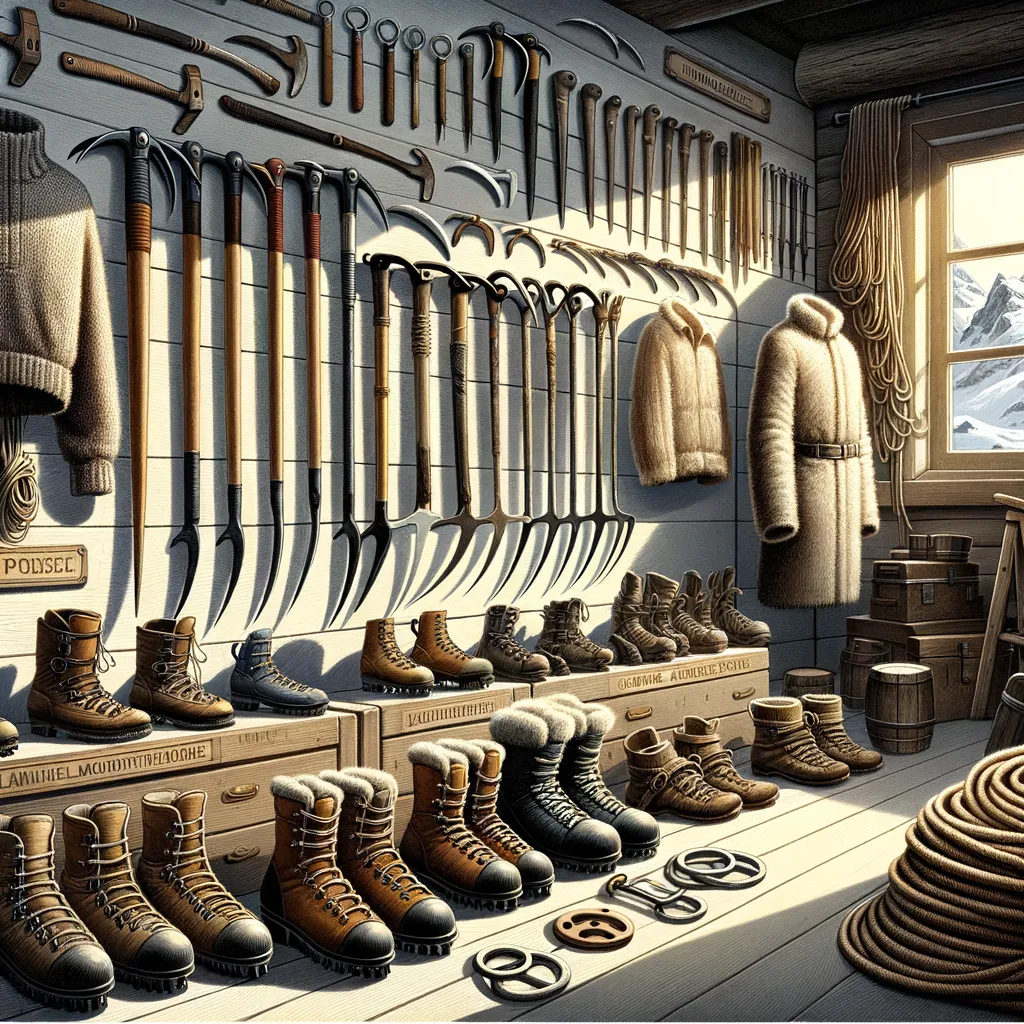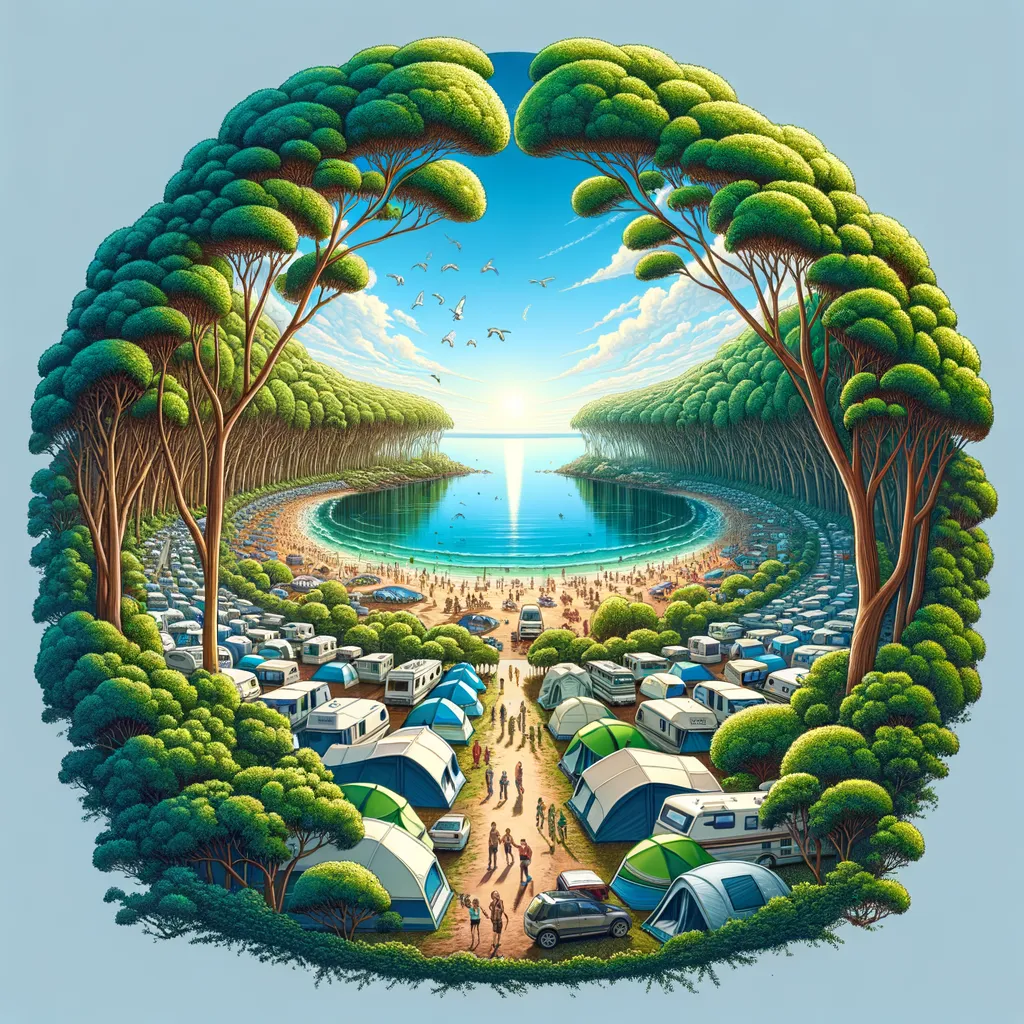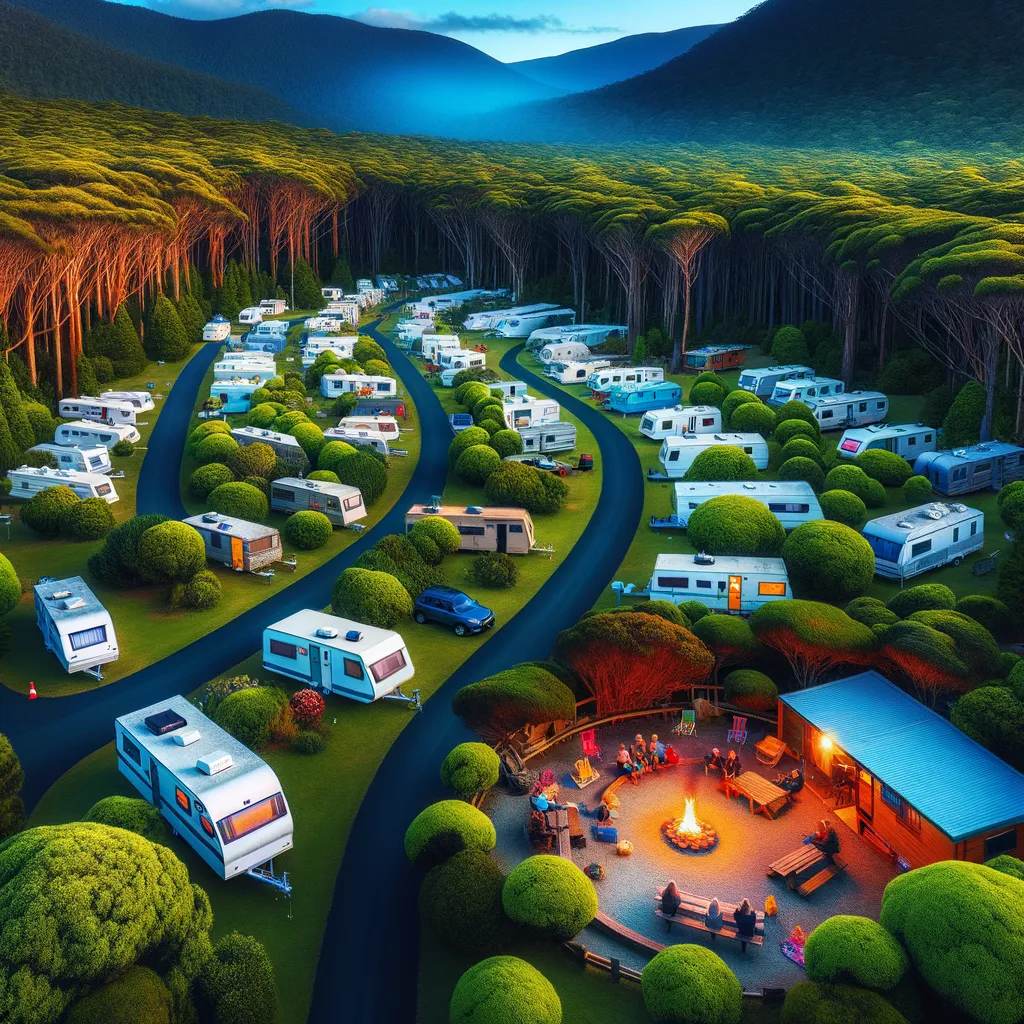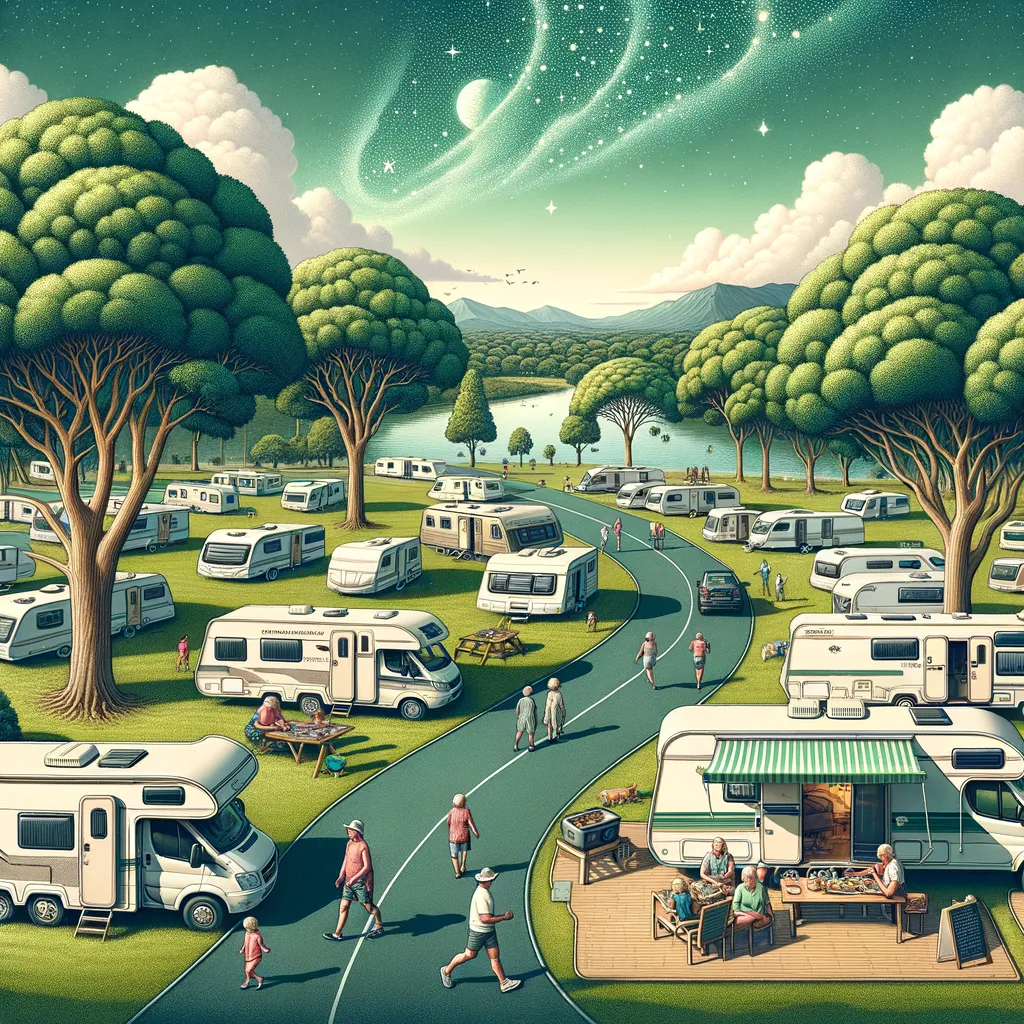A Beginner’s Guide to Collecting Historical Mountaineering Equipment
Welcome to the exciting world of historical mountaineering equipment collection! If you have a passion for mountaineering and a deep appreciation for the history of outdoor exploration, this guide is tailor-made for you. Collecting historical mountaineering equipment is not just about preserving the past; it’s about celebrating the spirit of adventure that has driven explorers to the highest peaks and most remote locations on Earth. With every piece of equipment, from classic ice axes to vintage rucksacks, you hold a story, a moment frozen in time that speaks of courage, determination, and the unyielding will to explore. Whether you’re a seasoned collector or just starting, our guide will walk you through the essentials of building your collection, including where to find treasures, how to verify their authenticity, and how to care for them, ensuring they continue to inspire awe for generations to come. For more inspiration on outdoor endeavors, check out Outdoors and Outdoor Activities.
Why Collect Historical Mountaineering Equipment?
The allure of collecting historical mountaineering equipment lies in the unique blend of adventure, history, and art. Each artifact tells a story of technological innovation, the evolution of climbing techniques, and the personal tales of climbers who used them. By collecting, you’re not just amassing items; you’re preserving the legacy of mountaineering for future enthusiasts and contributing to the broader understanding of human achievements in exploring the natural world. Beyond the intrinsic value, these collections can also serve as stunning pieces of décor, instilling a sense of adventure and awe in your home or office.
Starting Your Collection
Beginning your journey into collecting historical mountaineering equipment can seem daunting, but with the right approach, it can be immensely rewarding. Here’s how to start:
- Research: Knowledge is your most valuable tool. Familiarize yourself with the history of mountaineering, understand the evolution of equipment, and learn to distinguish between different eras and styles. Books, historical articles, and forums are great resources for budding collectors.
- Define Your Focus: Mountaineering equipment spans a wide range of items. To avoid becoming overwhelmed, define the area of your collection early on. Do you want to focus on personal gear like boots and jackets, or are you more interested in technical equipment like ice axes and ropes? Perhaps you are fascinated by a specific era or region, such as the golden age of Himalayan exploration or the pioneering climbs in the Alps.
- Networking: The collecting community can be incredibly welcoming and a valuable source of information and leads. Join online communities, attend auctions, and connect with fellow enthusiasts. Their expertise can guide you to reputable dealers and help you avoid common pitfalls.
- Acquisition: Once you have a good understanding of what you’re looking for, it’s time to start acquiring pieces. Auctions, both online and in-person, can be treasure troves for collectors. Specialty antique stores, estate sales, and even garage sales might hold hidden gems. Online marketplaces can also be fruitful, but require a keen eye to discern authentic pieces from reproductions or fakes.
- Due Diligence: Authenticity and condition are critical. Ensure that you verify the authenticity of an item before purchasing, especially if it’s a significant investment. Familiarize yourself with the signs of wear and repair that can affect an item’s value.
Collecting historical mountaineering equipment opens up a world of adventure and discovery. It’s a pursuit that connects you directly to the spirit of exploration that defines the mountaineering community. As you embark on this journey, remember to enjoy the process of learning and discovery. The stories behind the equipment you collect are as important as the items themselves, bringing the rich history of mountaineering into your home and life.
Stay tuned for more tips on how to grow your collection, including deep dives into the history of specific items, how to spot rare finds, and ways to connect with the mountaineering community at large. Collecting historical mountaineering equipment is not just a hobby; it’s a way of preserving and participating in the rich history of outdoor exploration.
5 Essential Tips for Parents Preparing for A Guide to Collecting Historical Mountaineering Equipment
Embarking on a journey to collect historical mountaineering equipment is an exciting adventure that can be shared with your entire family. It’s a unique way to bond over the thrill of exploration, discover the rich history of mountaineering, and instill a sense of adventure in your children. To ensure this journey is rewarding for both you and your children, here are five essential tips for parents.
1. Educate Through Exploration
Education is at the heart of collecting historical mountaineering equipment. Teach your children about the history of each piece you’re interested in collecting. Use stories of famous mountaineers and their expeditions to bring the equipment to life. Encourage questions and research together to find answers. Visiting museums or exhibitions dedicated to mountaineering can provide a tangible connection to the history and significance of the equipment you’re collecting.
2. Safety First
While collecting historical mountaineering equipment, it’s crucial to prioritize safety, especially when allowing children to handle these items. Explain the proper way to handle equipment and supervise closely to prevent any accidents. Ensure that the equipment, particularly the sharper objects like ice axes or crampons, are stored safely out of reach of young children. For older items that may contain materials like lead or asbestos, educate your family on handling precautions to avoid exposure to harmful substances.
3. Plan Engaging Family Activities
Turn the process of collecting into an engaging family activity. Consider organizing themed days around different pieces of equipment or historical expeditions. Plan outdoor trips to experience the types of environments explorers faced, albeit in a safe and controlled manner, to better understand the purpose and function of the collected equipment. This not only makes learning about the history more exciting but also encourages a healthy, active lifestyle.
4. Start Small and Simple
When introducing your family to the world of collecting, it’s best to start with simple, less expensive items. This approach eases everyone into the hobby without overwhelming them or your budget. Focus on smaller, more manageable pieces that can be easily stored and displayed. This strategy allows your collection to grow over time as your family’s interest and knowledge expand.
5. Emphasize the Value of Preservation
Teach your children the importance of preserving history through these items. Instill in them a sense of responsibility for maintaining the condition of the collection, emphasizing that these items are not just personal treasures but also part of our collective heritage. Encourage regular maintenance activities as a family, such as cleaning and proper storage, to ensure these historical pieces are preserved for future generations.
Collecting historical mountaineering equipment with your family offers a myriad of benefits beyond the items themselves. It fosters a deep appreciation for the history of exploration, teaches valuable lessons about preservation and responsibility, and provides a unique way to learn and have fun as a family. As you and your children embark on this exciting collecting adventure, remember to cherish the moments of discovery and the stories embedded in each piece of equipment. This journey is not just about collecting items from the past; it’s about creating new memories that your family will treasure for years to come. Whether you’re uncovering the tales behind historic climbs or teaching your children about the evolution of mountaineering gear, you’re sure to find this hobby both enriching and exhilarating.
Disclaimer
The articles available via our website provide general information only and we strongly urge readers to exercise caution and conduct their own thorough research and fact-checking. The information presented should not be taken as absolute truth, and, to the maximum extent permitted by law, we will not be held liable for any inaccuracies or errors in the content. It is essential for individuals to independently verify and validate the information before making any decisions or taking any actions based on the articles.





